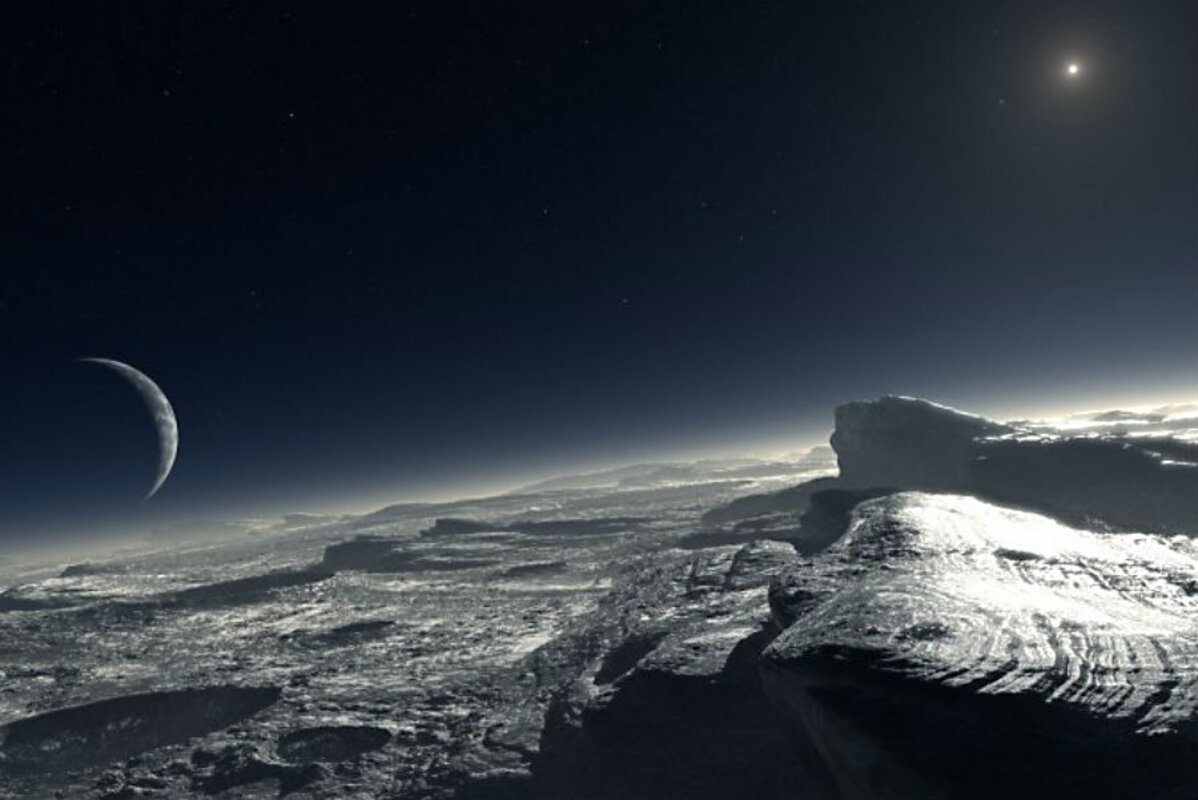Pluto reconsidered: A planet? A comet? Or something else altogether?
Loading...
The debate over Pluto’s status has maintained its vigor ever since the International Astronomical Union’s 2006 decision to downgrade it to a dwarf planet, with experts still at odds as to what its correct classification should be.
Now, NASA’s New Horizons mission adds yet another layer of confusion, highlighting characteristics of the demoted planet that place it in a bracket all of its own, neither comet nor planet.
From readings taken during the spacecraft’s flyby in July 2015, as described this week in the , it has become clear that Pluto’s interaction with the solar wind is like nothing astronomers have ever before witnessed in our solar system.
“. We were fascinated and surprised,” said lead author David J. McComas, who manages the Solar Wind Around Pluto (SWAP) instrument aboard New Horizons. “We've now visited all nine of the classical planets and examined all their solar wind interactions, and we've never seen anything like this.”
Solar wind is a plasma, comprised of charged particles, that hurtles from the sun at 100 million miles per hour and bathes all in its path with its celestial soup.
When a comet stands in its path, there is a substantial region of gentle slowing of this solar wind, whereas a planet, such as Venus or Mars, will cause an abrupt diversion. Until this fresh flood of data, most researchers believed Pluto fell into the former category, to behave like a comet.
But it turns out Pluto is a hybrid.
“This is an intermediate interaction, a completely new type. It's not comet-like, and it's not planet-like. It's in-between,” said Dr. McComas, who is also a professor in Princeton University's Department of Astrophysical Sciences and vice president for the Princeton Plasma Physics Laboratory.
In part, the team was able to draw these conclusions because of SWAP’s ability to differentiate between heavy methane ions, the principal gas bleeding into space from Pluto’s atmosphere, and the lighter hydrogen ions, which originate in the sun.
To their surprise, they found that Pluto’s gravity was sufficiently sturdy to retain heavy ions in its extended atmosphere. Indeed, as noted by Michael Liemohn, a University of Michigan astrophysicist not involved in the research but who helped edit the paper, the researchers found that “ leaves the planet as ions.”
The data procured by New Horizon’s SWAP instrument may yield deeper secrets still, as scientists pore over the data in years to come, seeking a greater understanding of Pluto’s interaction with the solar wind.
“These results speak to ,” said Alan Stern, New Horizons principal investigator, in a NASA press release. “Once again we’ve gone to a new kind of place and found ourselves discovering entirely new kinds of expressions in nature.”





